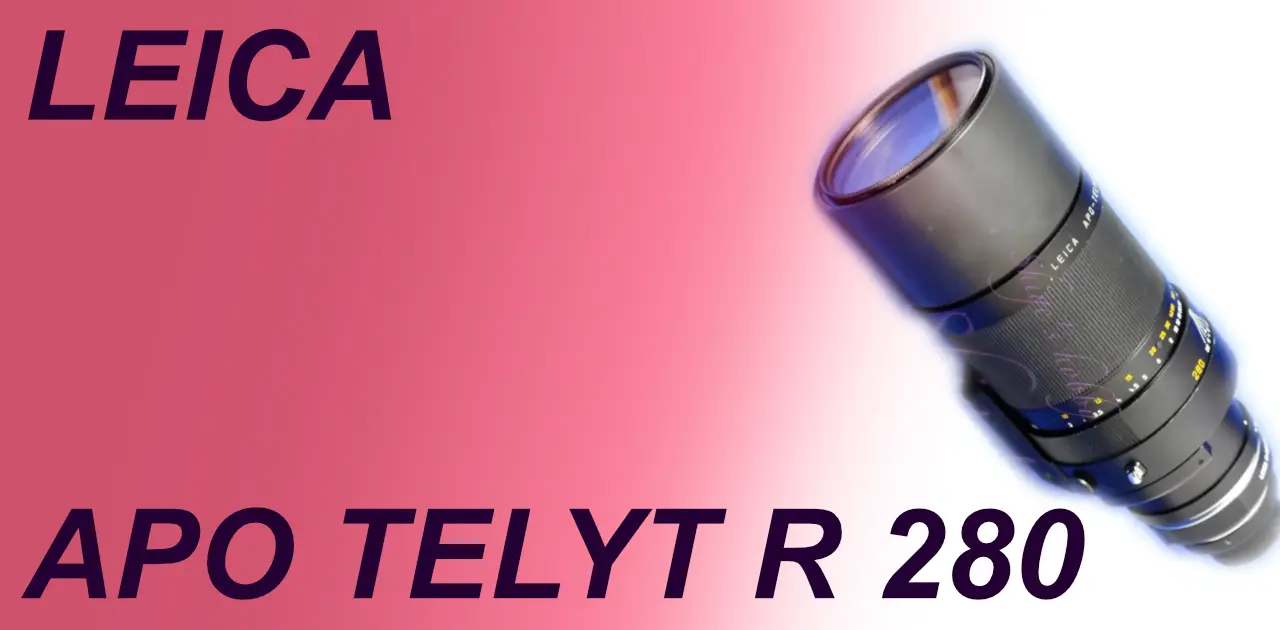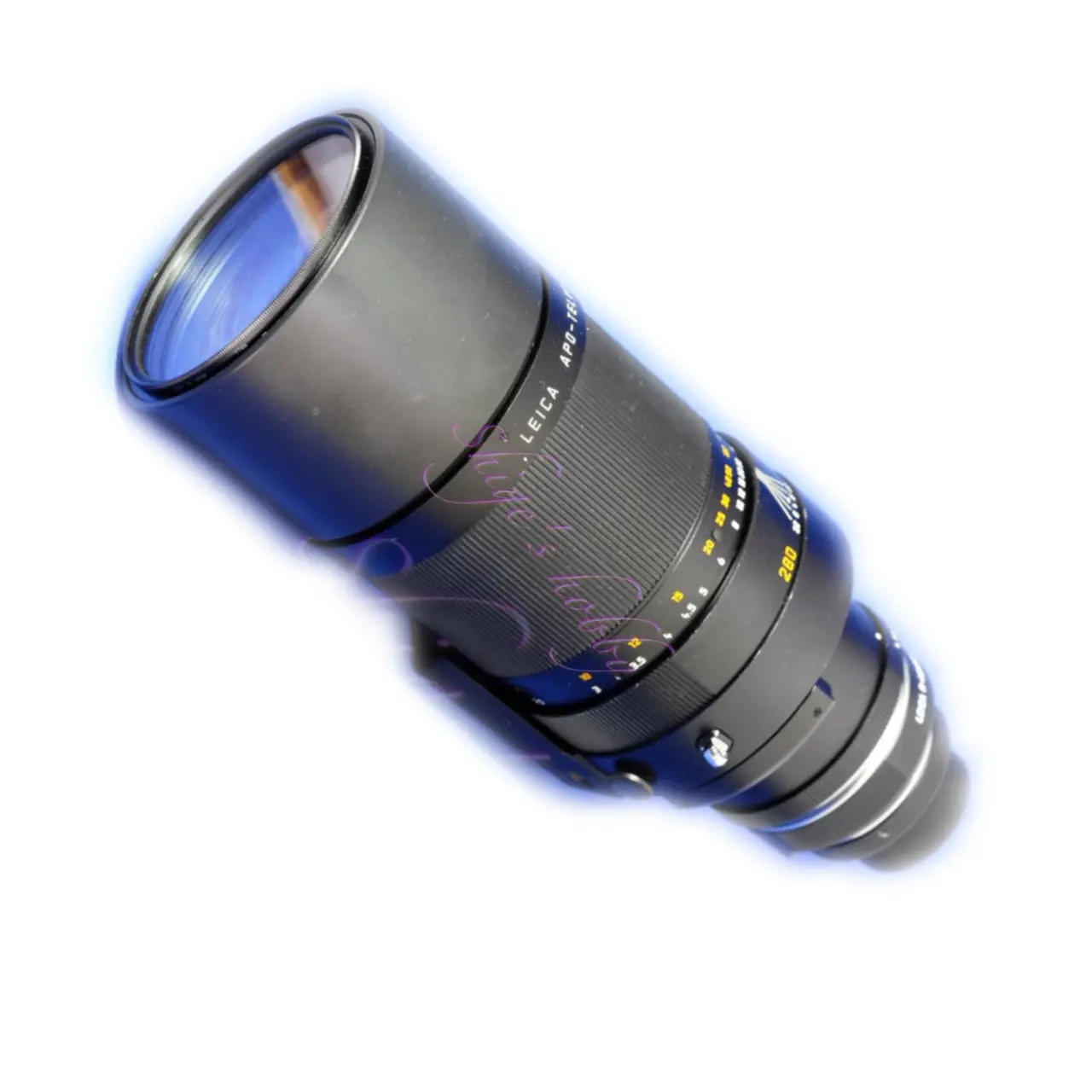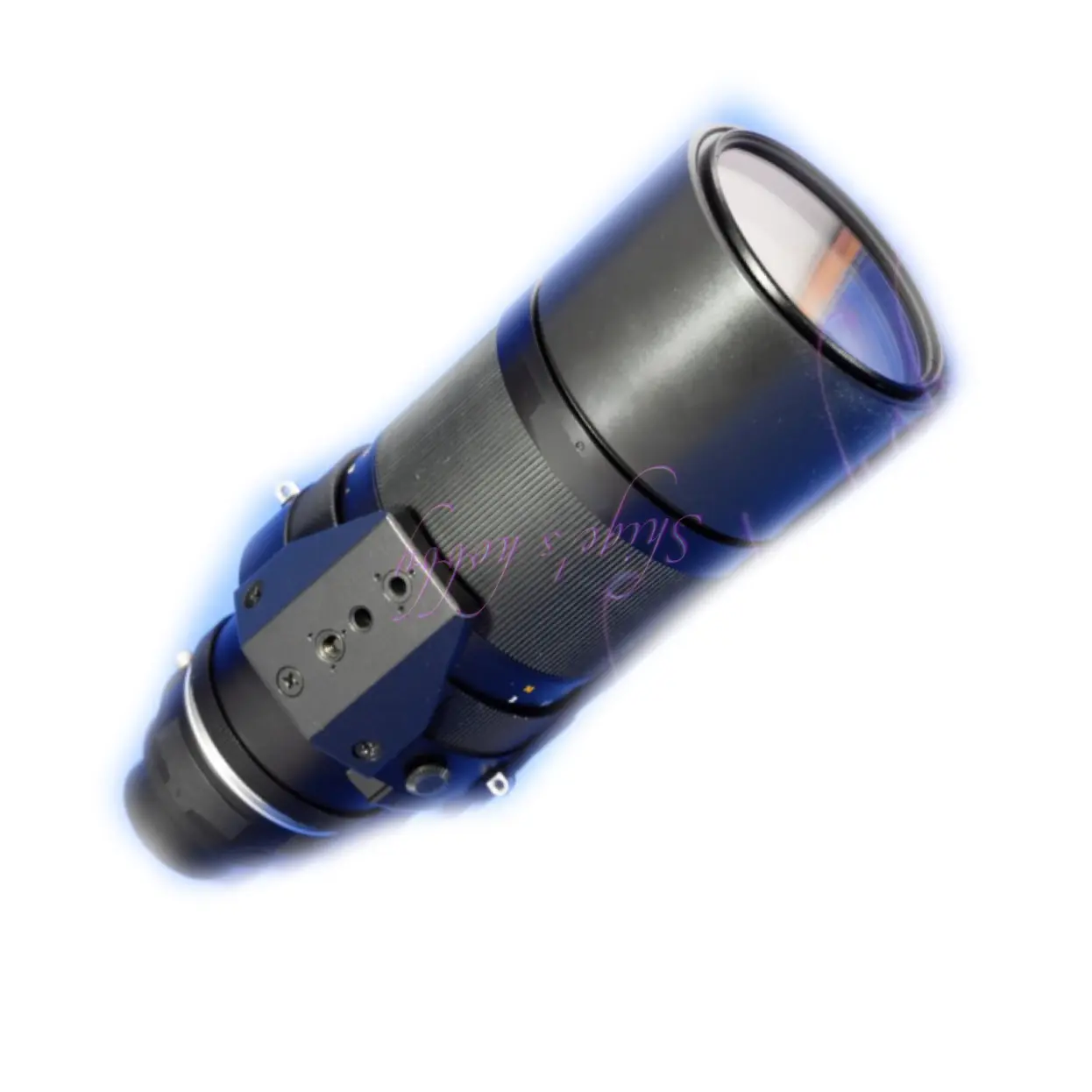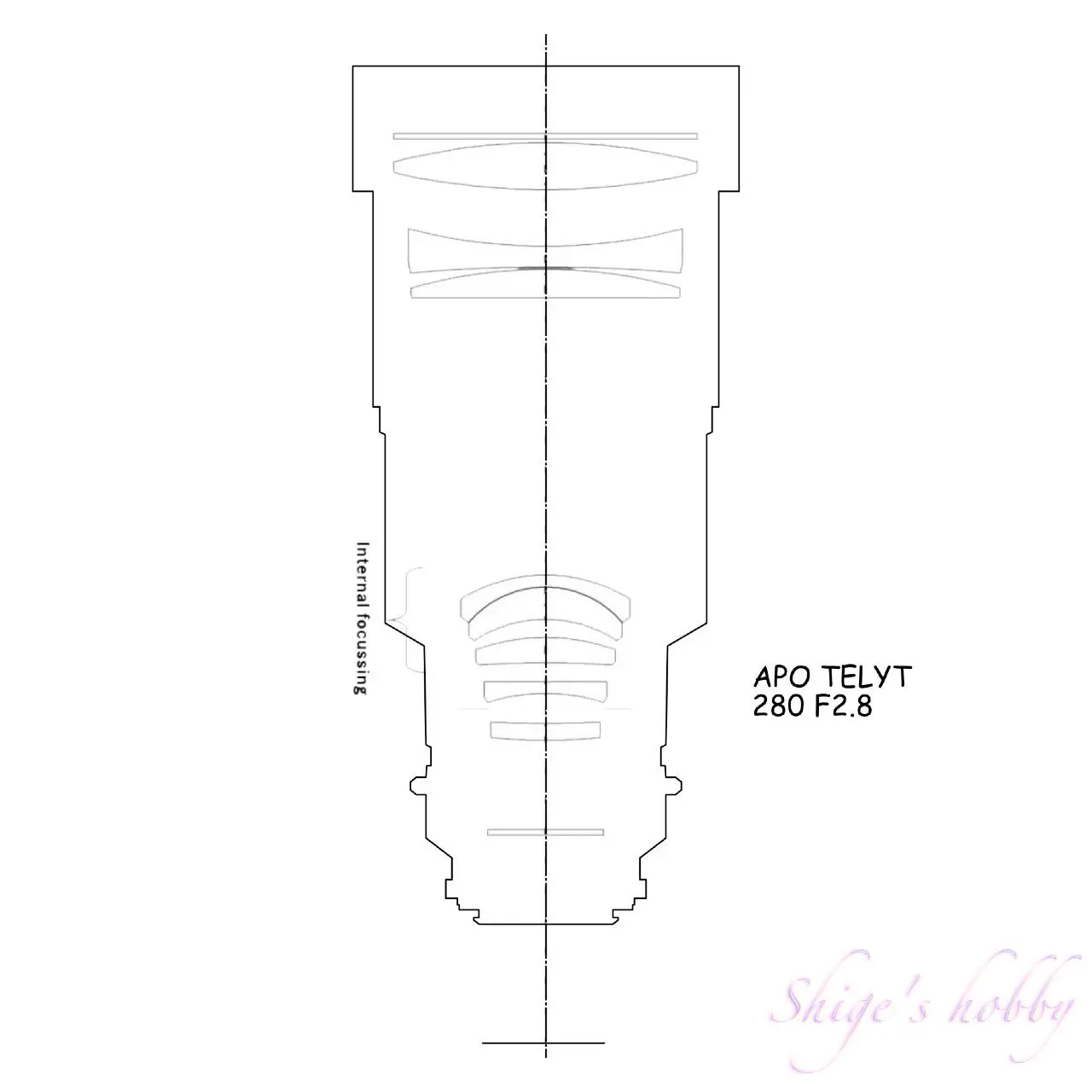34 single focus APO TELYT R 280mm F4

A review and Photo Examples of APO TELYT R 280mm F4 Telephoto Lens for Leica R.
Table of contents

Gallery
- Sample photos taken with the LEICA SL typ601.
Review


1.Overview
The APO TELYT R 280mm F4 is a telephoto lens with an aperture of F4 that was released in 1993 at the end of the Leica R mount.
Production began in 1993, and by 1997, about 2,000 units had been made, including 3-CAM, R-CAM, and ROM terminal versions.
The lens specifications are as follows: 6 groups, 7 elements, minimum shooting distance of 1.7m, 8 aperture blades.
A tripod mount is standard, which cannot be removed, but can be rotated by loosening the screw on the side. The camera can be rotated while attached to a tripod.
The hood is built-in, so you just pull it out to use it, and there is no mechanism to turn it to lock it.
The filter diameter is 77mm, which is rare for Leica. In addition to the front filter, a drop-in filter can be inserted at the base of the lens.
This lens is a telephoto lens similar to the 34 single focus (300mm F4), and is a relatively inexpensive telephoto lens in Japan, but not for Leica. Leica R-mount telephoto lenses are produced in small numbers, so their list price is set higher than Japanese-made lenses of the same specifications. In addition, they are rarely seen on the Japanese market, so the second-hand prices do not fall.
2.Usability
The APO TELYT R 280mm F4 has a resolution performance that is said to be among the best among Leica R lenses, and because it is an apochromat, there is no color bleeding even with subjects that would be noticeable with a normal lens.
With a minimum shooting distance of 1.7m, you can get close to still insects and flowers, and capture them in close-up.
The lens I owned was a 3-CAM model, and the focus ring was light and quick, even for an R mount of that time. The light focus ring made it difficult to make subtle adjustments.
This may have been because the lens was used and the grease had worn off, but some newer R mount lenses from a comparatively old era have lighter focus rings, so this may be appropriate.
Since it has a rotation angle of nearly 360 degrees from infinity to the minimum shooting distance of 1.7m, the heavy focus ring can be difficult depending on the purpose of the shoot.
As a lens option, it is compatible with APO extenders x1.4 and x2.0. When the APO extender x1.4 is attached, the lens becomes 392mm F5.6, and when the APO extender x2.0 is attached, the lens becomes 560mm F8. Either way, I did not notice any significant deterioration in the image.
It seems that it would be very difficult to adjust the focus at 560mm F8 with the viewfinder of the LEICA R8 or R9, but fortunately, the body I used this lens on was the LEICA SL typ601, and the 4.4 million dot Eye Res viewfinder allowed me to focus at 560mm/F8 to a reasonable extent.
The LEICA SL does not have an image stabilization mechanism, so even if the focus is correct, there may be camera shake, but the new LEICA SL2/SL2-S is also equipped with image stabilization, so it would be more suitable to use this lens.
Every year, I go to Shirakaba Pass in Nagano Prefecture to watch the migrating hawks. A focal length of 500mm or more is ideal for photography there, and I often see Nikon and Canon 800mm/F5.6s in the field here.
I go to take photos almost every year with a different camera and lens, and in 2017 and 2018 I used a LEICA SL with this lens and an x2 APO-EXTENDER.
Leica telephoto lenses have slightly different focal length increments than major Japanese manufacturers, with older ones being 250mm and 350mm, and newer generations being 280, 400, 560, and 800. In Japan, the standard focal length increments are 300, 400, 500, 600, and 800.
3.Summary
In conclusion, the APO TELYT R 280mm F4 is a compact, handheld telephoto lens that weighs less than 2kg. As it is a prime lens, you can focus on manual focus.
When used with a camera with high ISO and in-body image stabilization, it can reduce camera shake and subject blur, and if you want to extend the focal length, it can be used as a 420mm F5.6 or 560mm F8 lens by using a x1.4 or x2 teleconverter, making it a versatile telephoto lens.
Considering practicality, including portability, this is the most recommended lens among Leica R-mount telephoto lenses.
Specification and Competitor
The list price of this lens is reasonable compared to the APO-Telito R 280mm F2.8 (integrated lens) and the APO-Telito Module System R, which have the same name. However, in the second-hand market, this lens is traded at almost the same price as the APO-Telito R 280mm F2.8 (integrated lens), which has a more expensive list price, which suggests that there is little demand for Leica R-mount telephoto lenses.
- The lens construction diagrams are quoted from each company’s materials, and the sizes have been adjusted by us, so they are not exact.


| Items | APO TELYT 280mm F4 | APO TELYT 280mm F2.8 |
| Focal length(mm) | 280 | 280 |
| Max aperture | 4 | 2.8 |
| Min aperture | 22 | 22 |
| Lens Construction | 7 elements in 6 groups | 8 elements in 7 groups |
| Leaf blade | 8 | 7 |
| Min distance(m) | 1.7 | 2.5 |
| Lens length(mm) | 208 | 261 |
| Max diameter(mm) | 88 | 125 |
| Filter Size(mm) | 77 | 112 |
| Weight(g) | 1875 | 2750 |
| Production number | 2000 | 3011 |
| Release date | 1993 | 1983 |
Reference links
- Descriptions of APO-TELYT-R 280mm F4 on Leica wiki
- Descriptions of APO-TELYT-R 280mm F2.8 on Leica wiki
Update
- 2025.5.21
- 2025.1.17
- 2024.03.11
- 2023.12.09
Affiliate links
- Please see the disclaimer regarding advertising here.
- Italicized links in the text are advertisement links that take you to other sites.
- Leica lens・Ads by Amazon
- Leica digital・Ads by Amazon
- Leica camera body・Ads by Amazon
- Leica accessory・Ads by Amazon
- Leica book・Ads by Amazon

Amazon Prime Sale
Leave a Reply